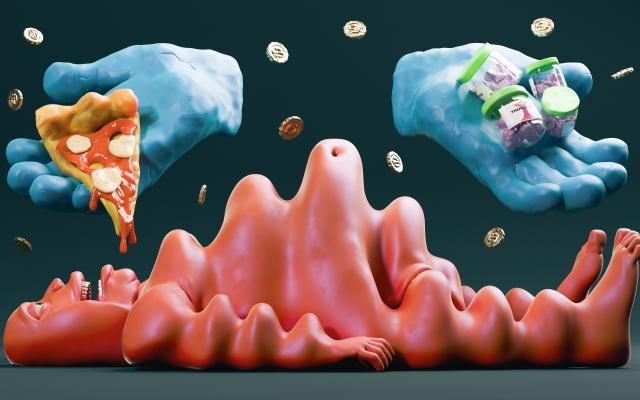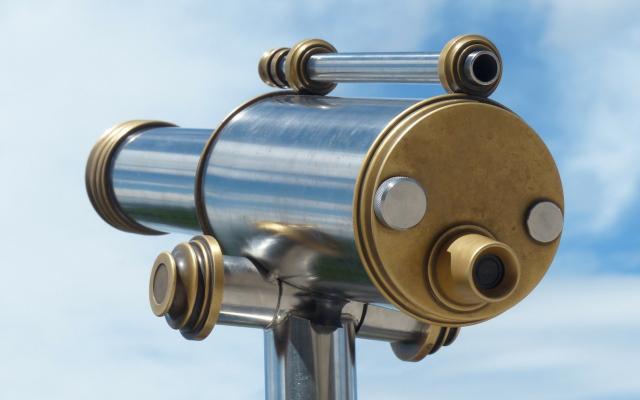In vergelijking tot andere beursgenoteerde ondernemingen hebben grote farmaceutische bedrijven hogere winstmarges. Dat is fijn voor hun aandeelhouders, maar suggereert ook dat blockbustermedicatie structureel te hoog geprijsd is (JAMA. 2020;323:834-43).
Grote farmaceutische bedrijven krijgen regelmatig het verwijt dat ze woekerwinsten maken over de rug van patiënten, waarbij de…





Excessieve winsten niet aangetoond
De winstmarge in procenten van de omzet geeft geen antwoord op de vraag of winsten excessief zijn. De auteurs van het JAMA-artikel geven dit zelf ook toe: “… this analysis did not consider whether companies in the pharmaceutical dataset had excess profit. In accounting and finance, excess profit is defined as profit over and above a “normal” return on capital invested in the company—a return that is commonly associated with the risk of the investment." Oftewel: voor het bepalen van excessieve winsten moet je kijken naar het rendement per geïnvesteerde dollar of euro en dat hebben de auteurs niet gedaan. In een redactioneel commentaart in hetzelfde nummer van JAMA gaat David Cutler, hoogleraar economie in Harvard voormalig topadviseur van president Obama, hier ook uitgebreid op in. Citaat: "It takes substantial investment to discover a drug or develop a complex computer code, but the cost of producing an extra pill or allowing an extra download is minimal. The way that firms recoup these fixed costs is by charging above cost for the product once it is made. If these upfront costs are not accounted for, the return on the marketed good will look very high." Zie ook mijn artikel in het Tijdschrift voor Politieke Economie over dit onderwerp. Cutler schrijft ook: Ïf prices of new drugs were reduced, would innovation decline? The answer to this question is clearly “yes,” as shown in a number of studies." Dit dilemma, tussen lage prijzen nu en nieuwe geneesmiddelen in de toekomst, verdient meer aandacht in het debat over dure geneesmiddelen.
Marc Pomp, econoom